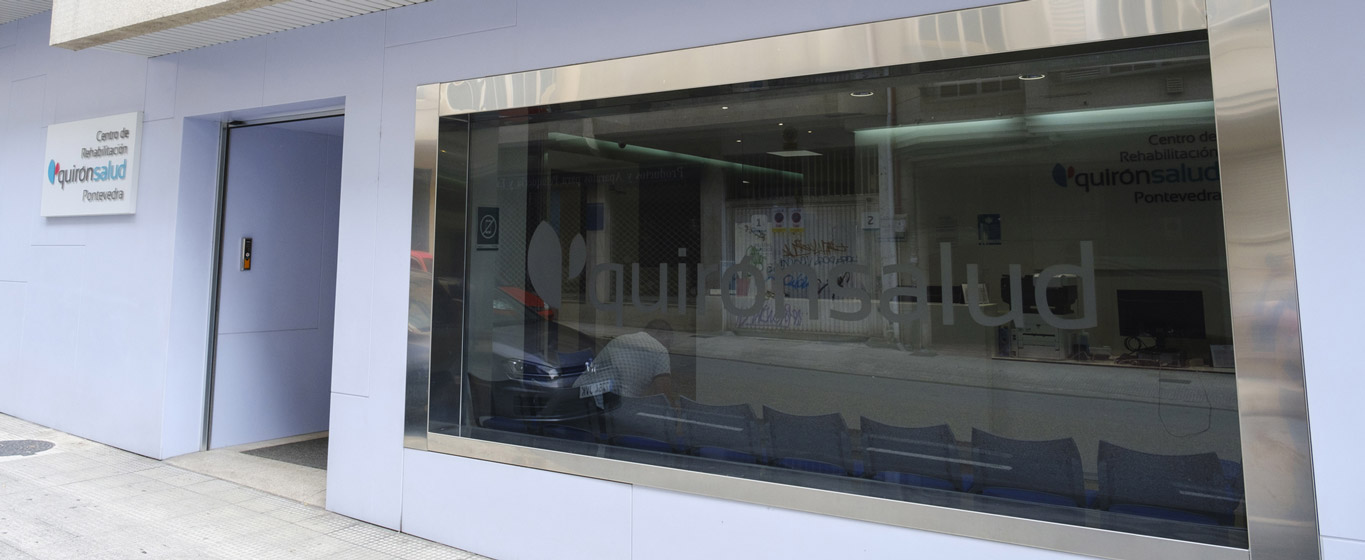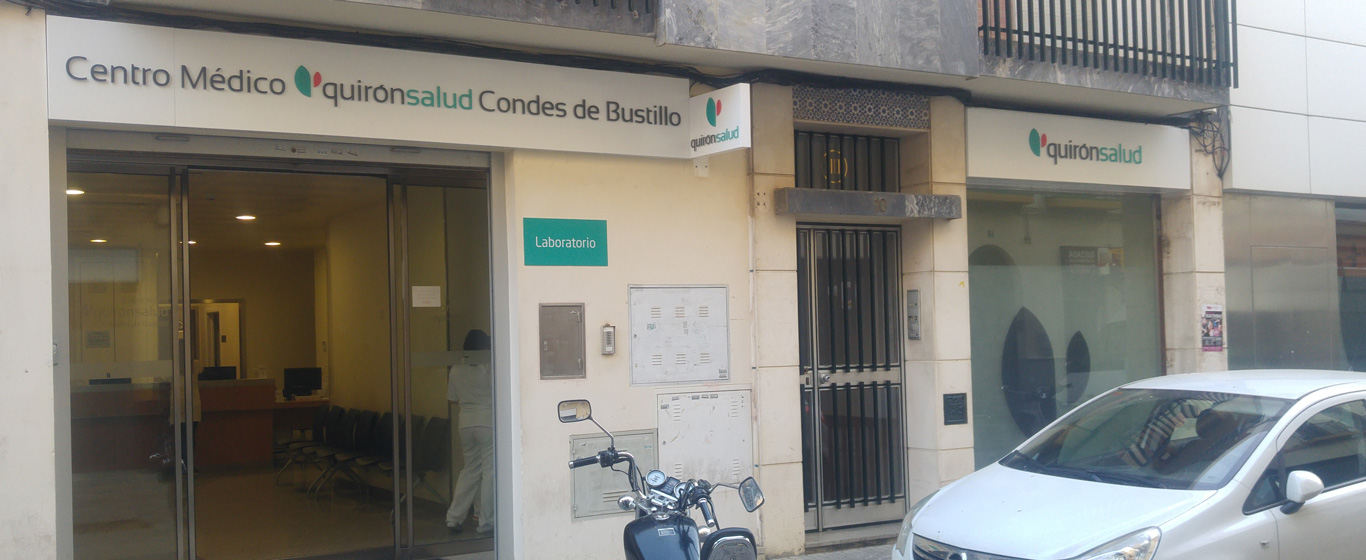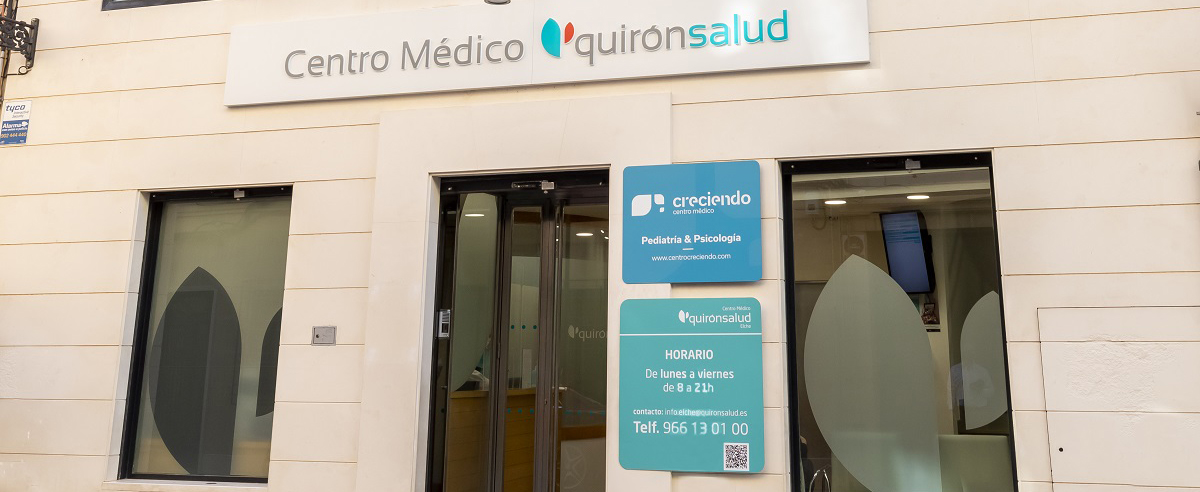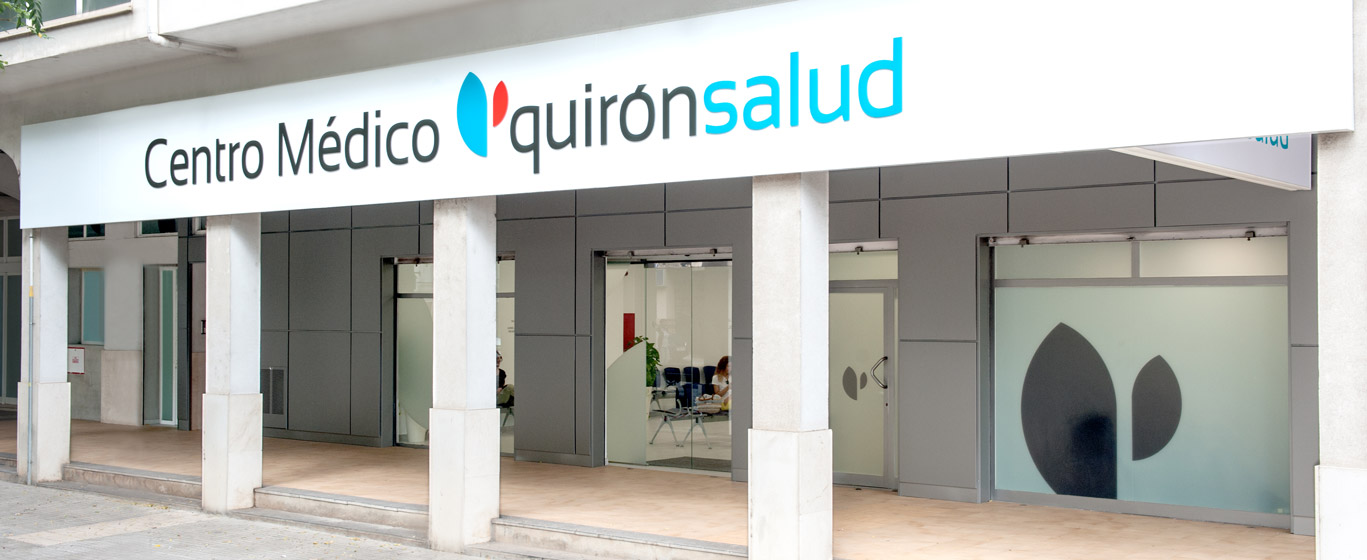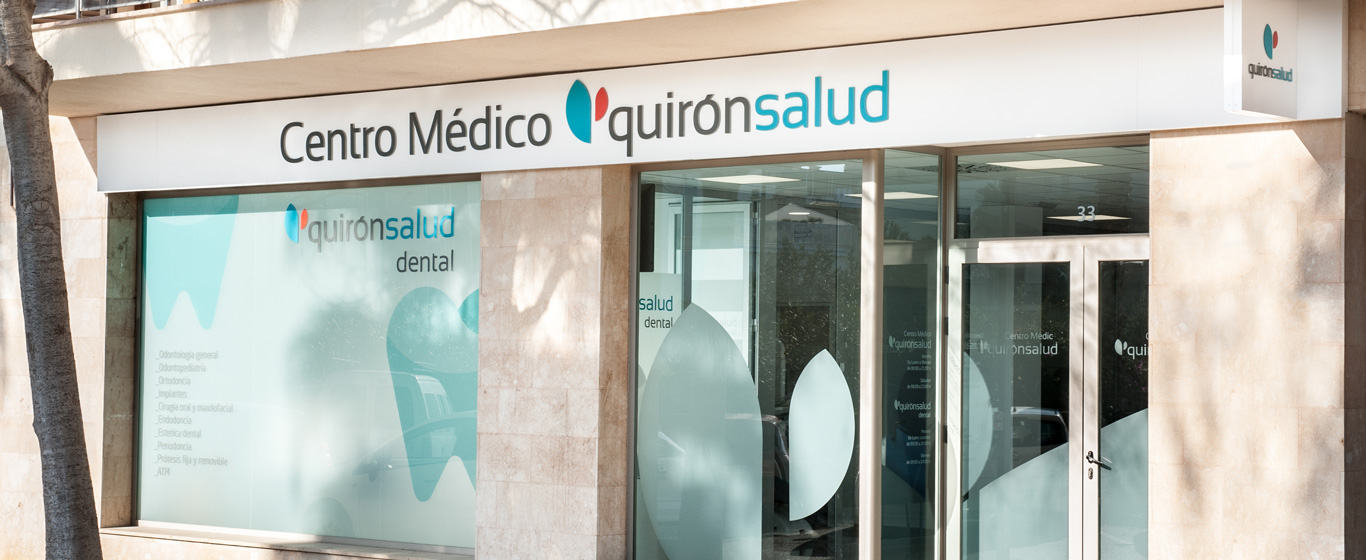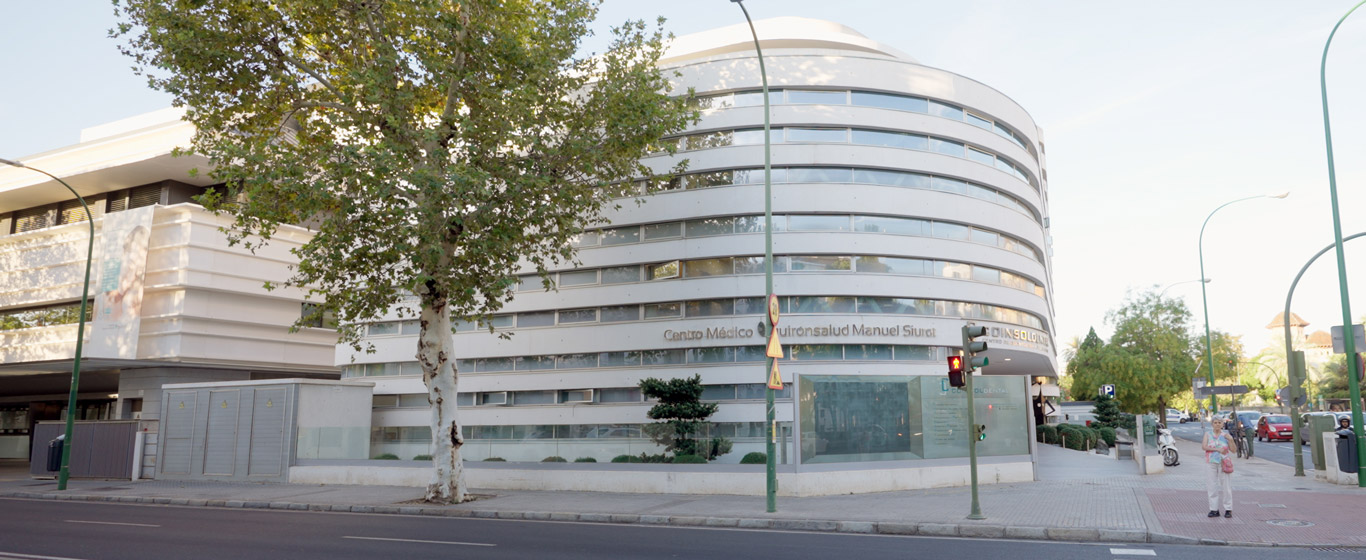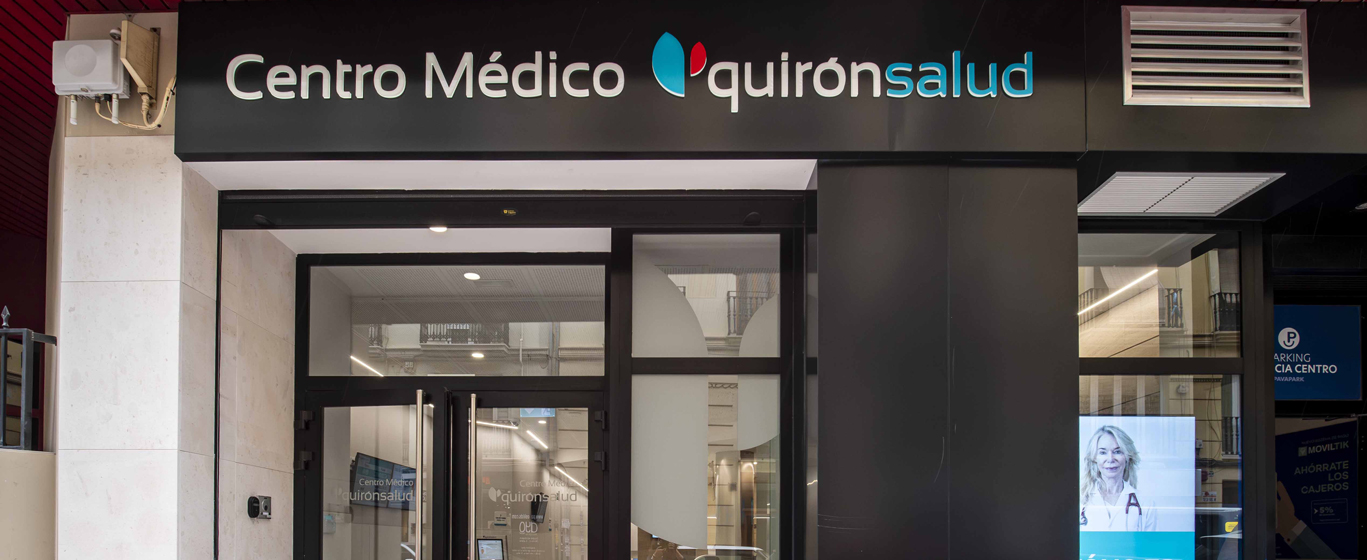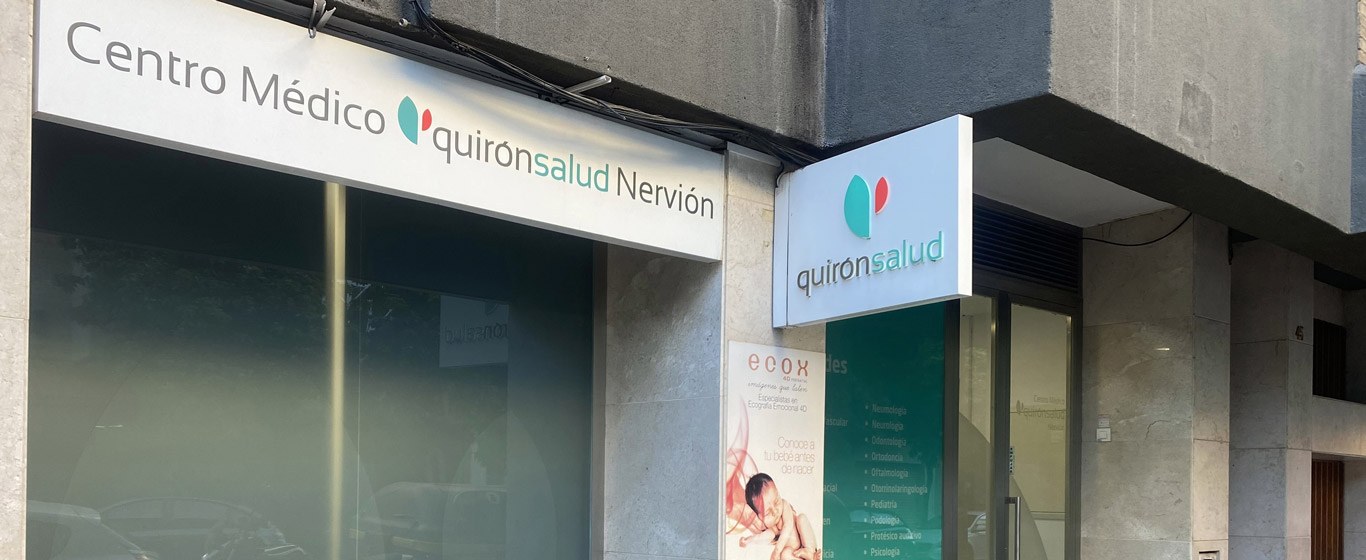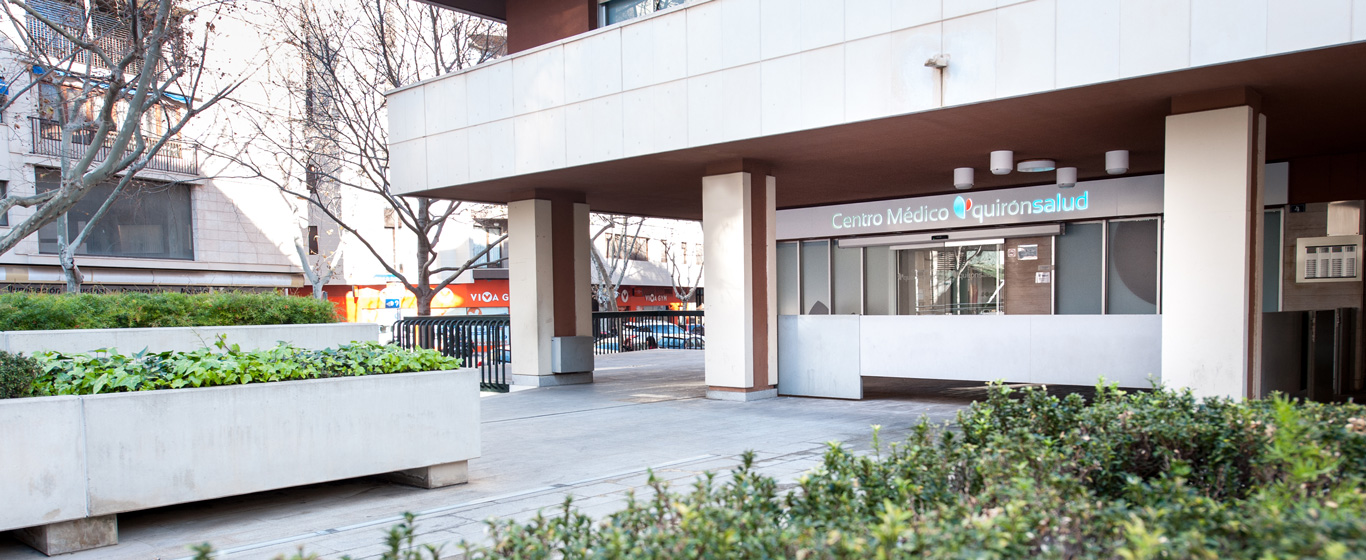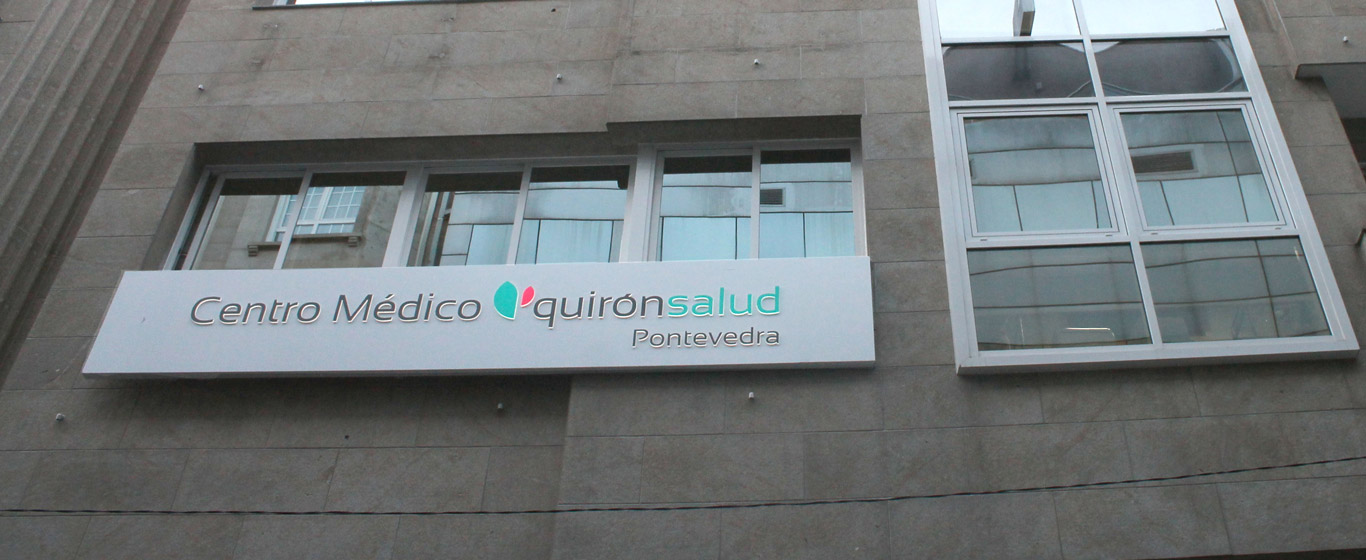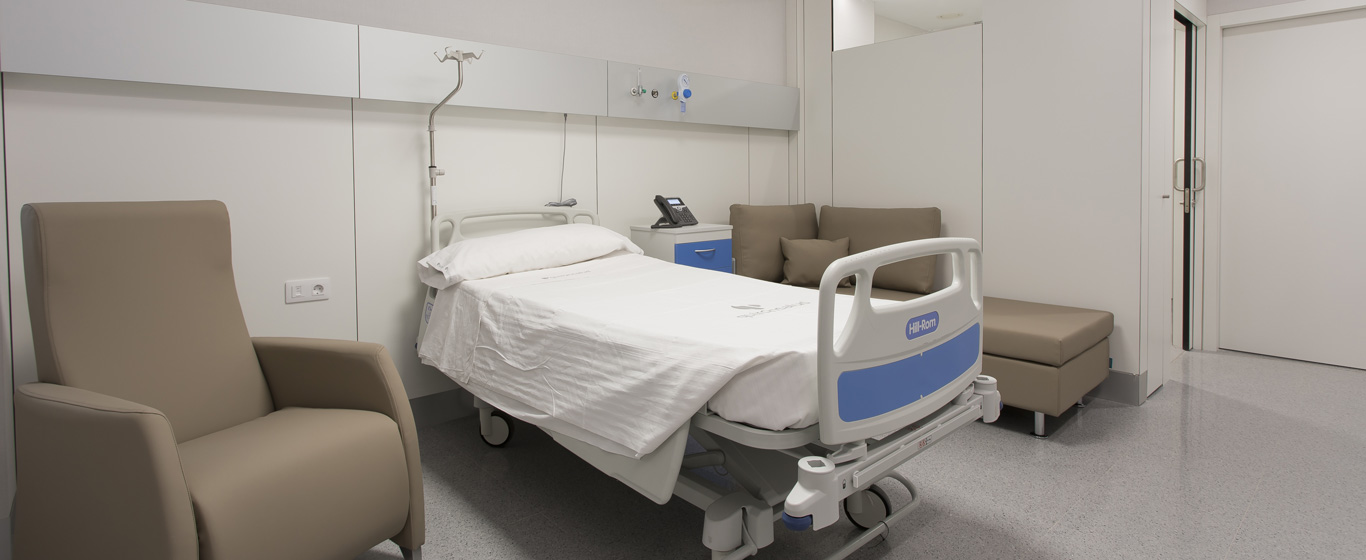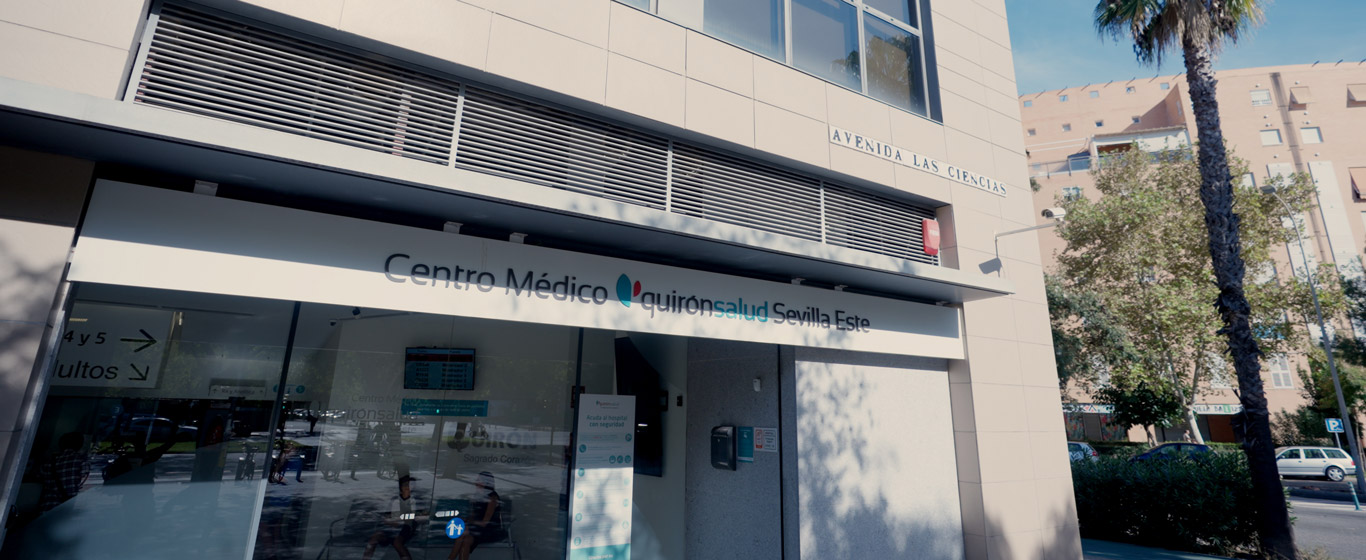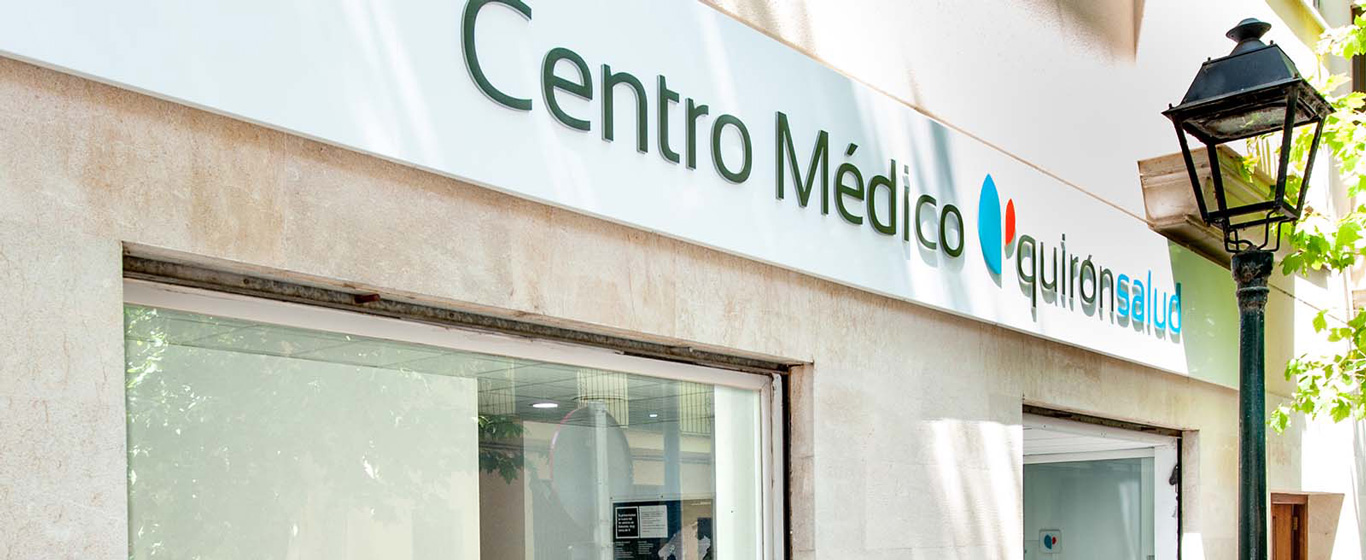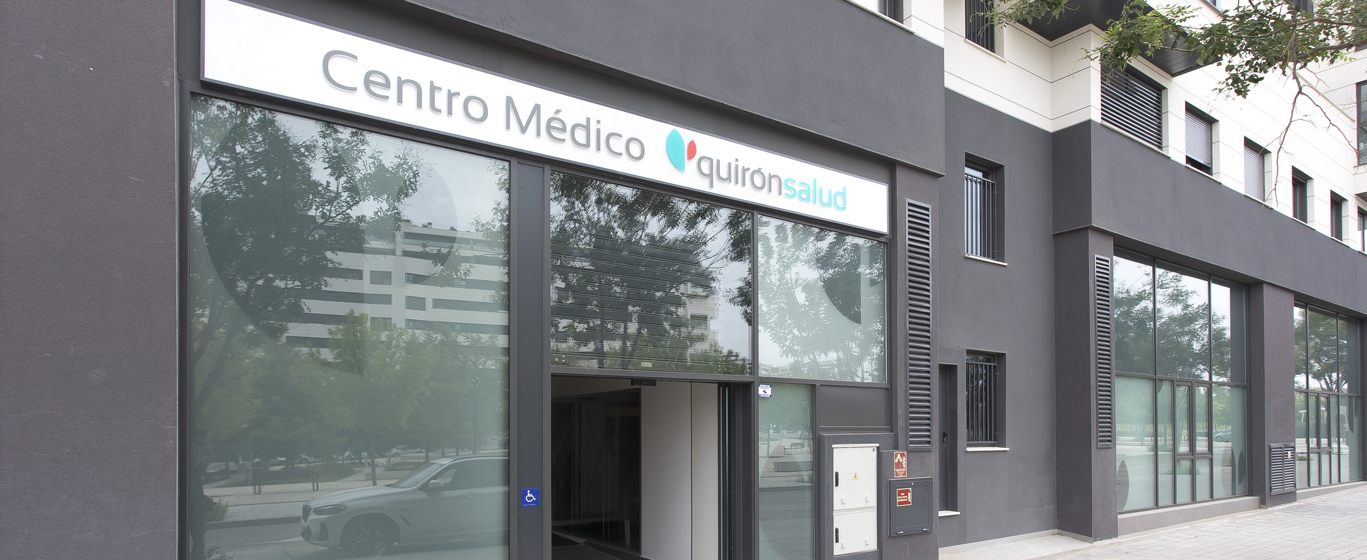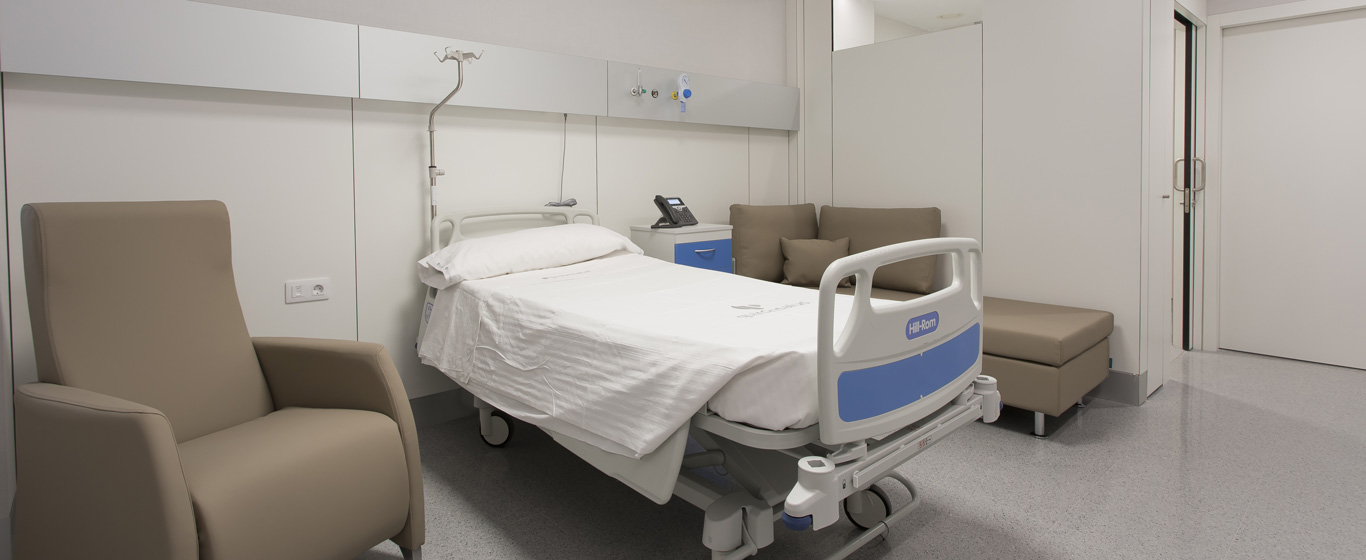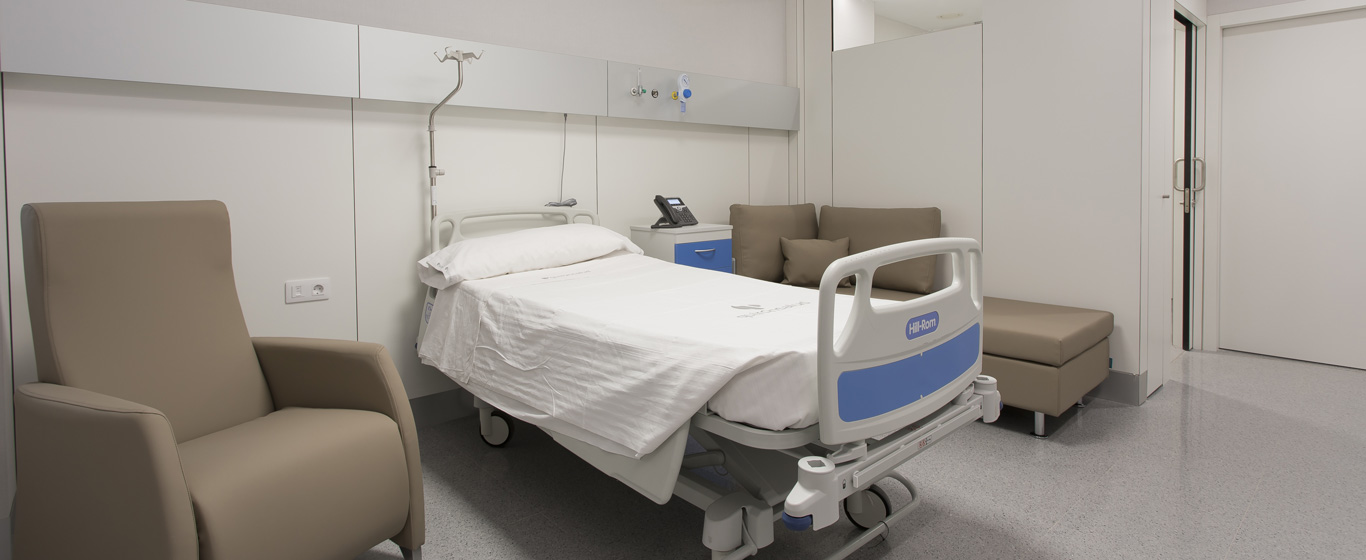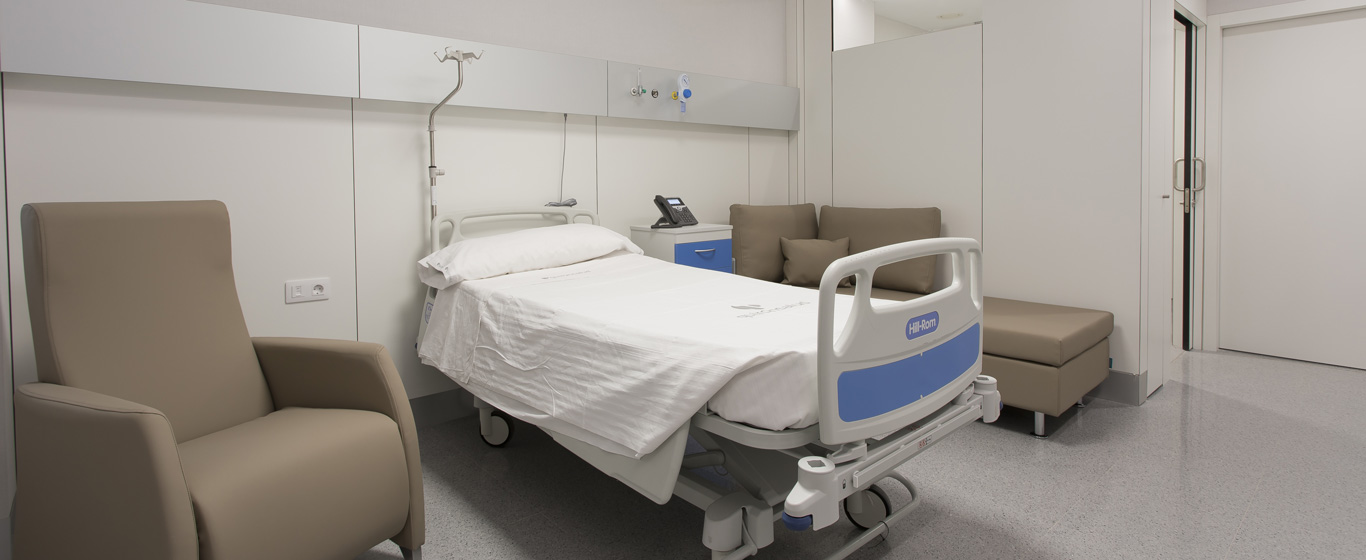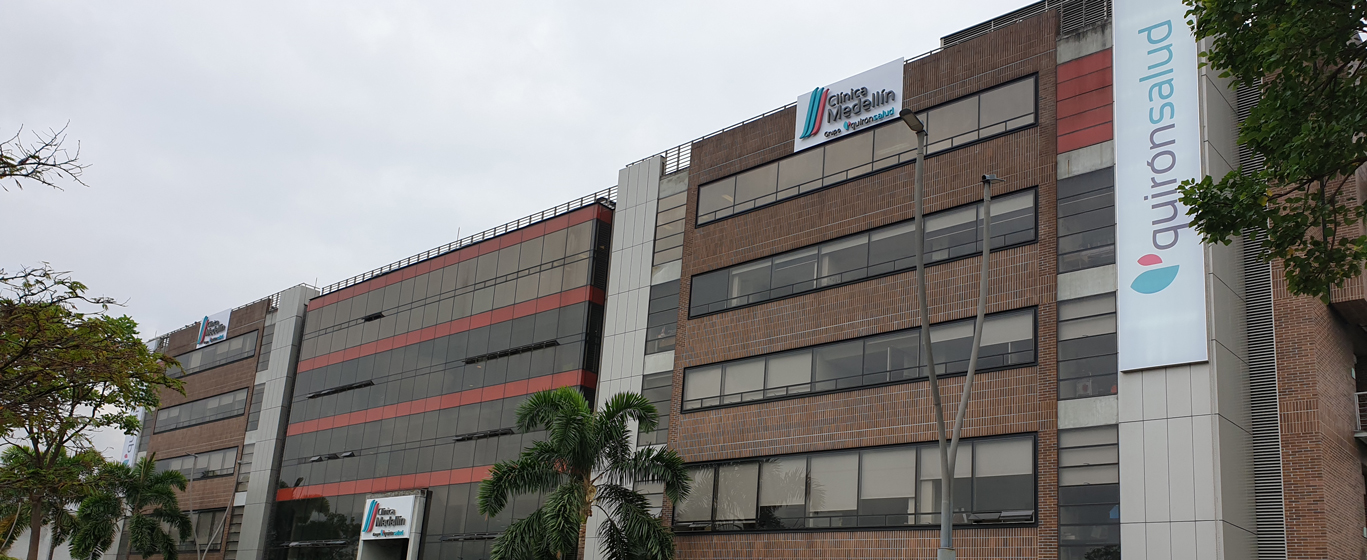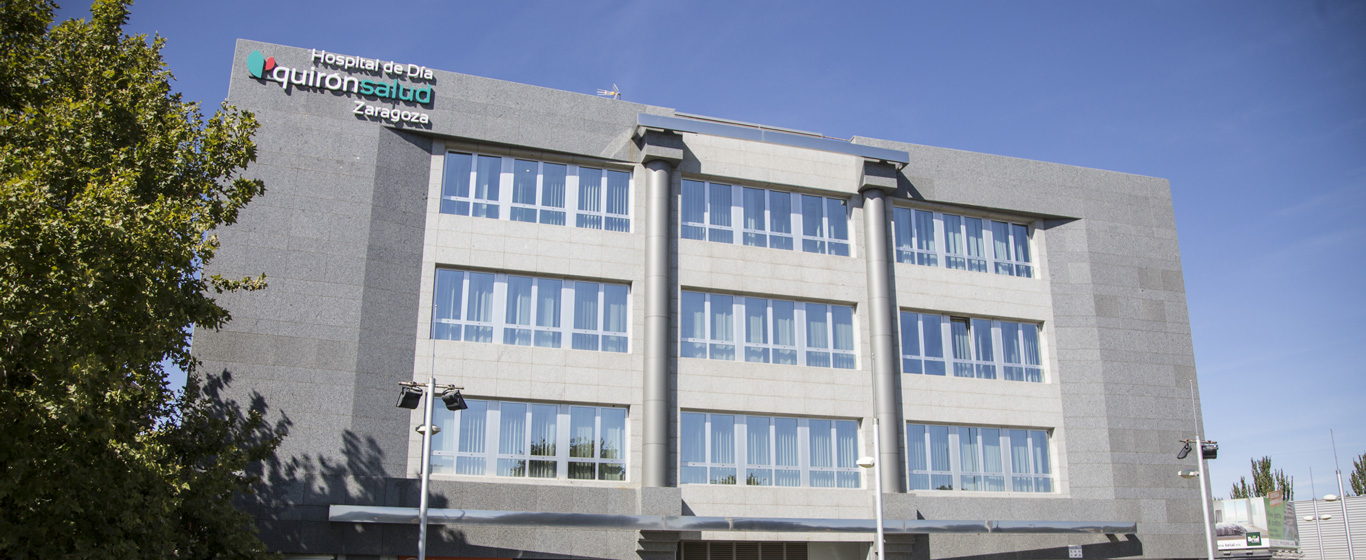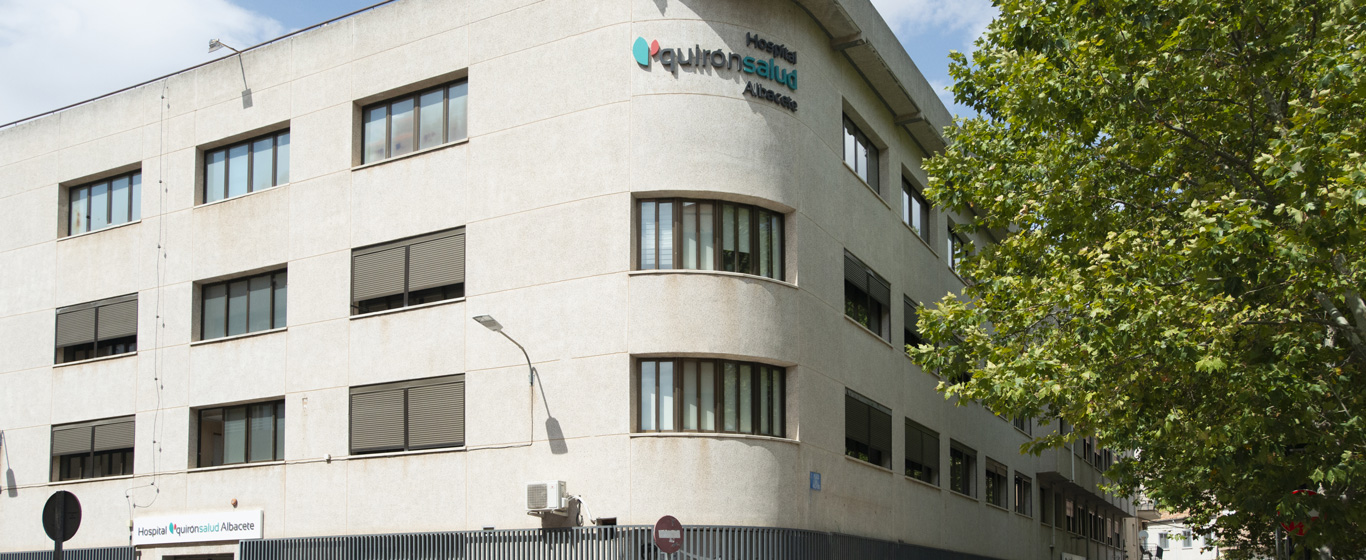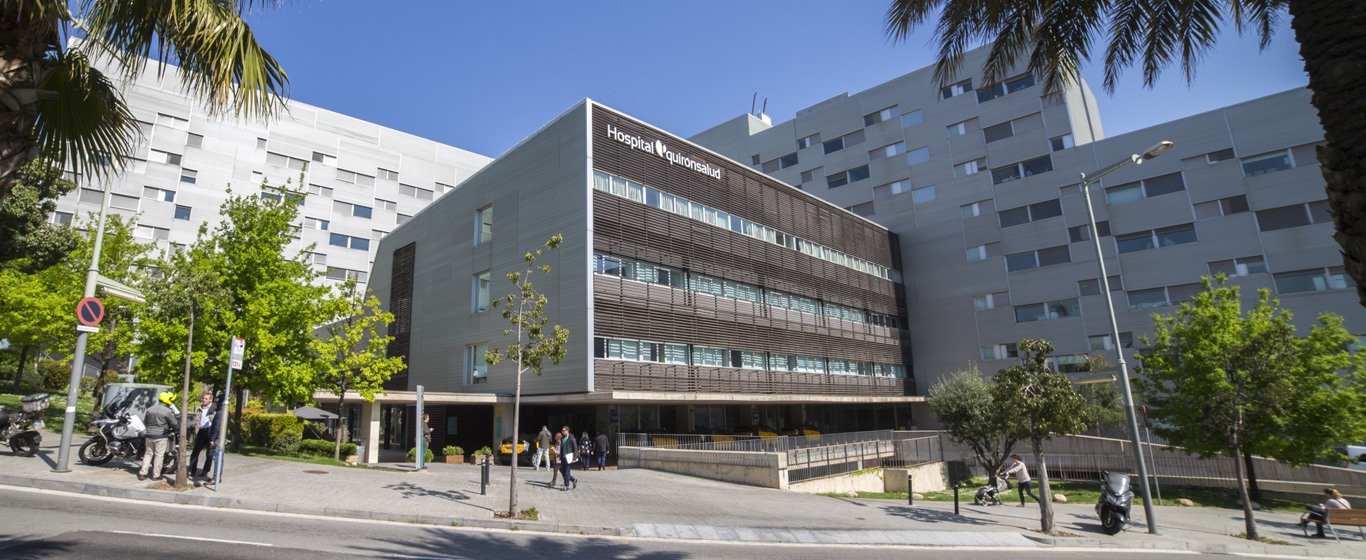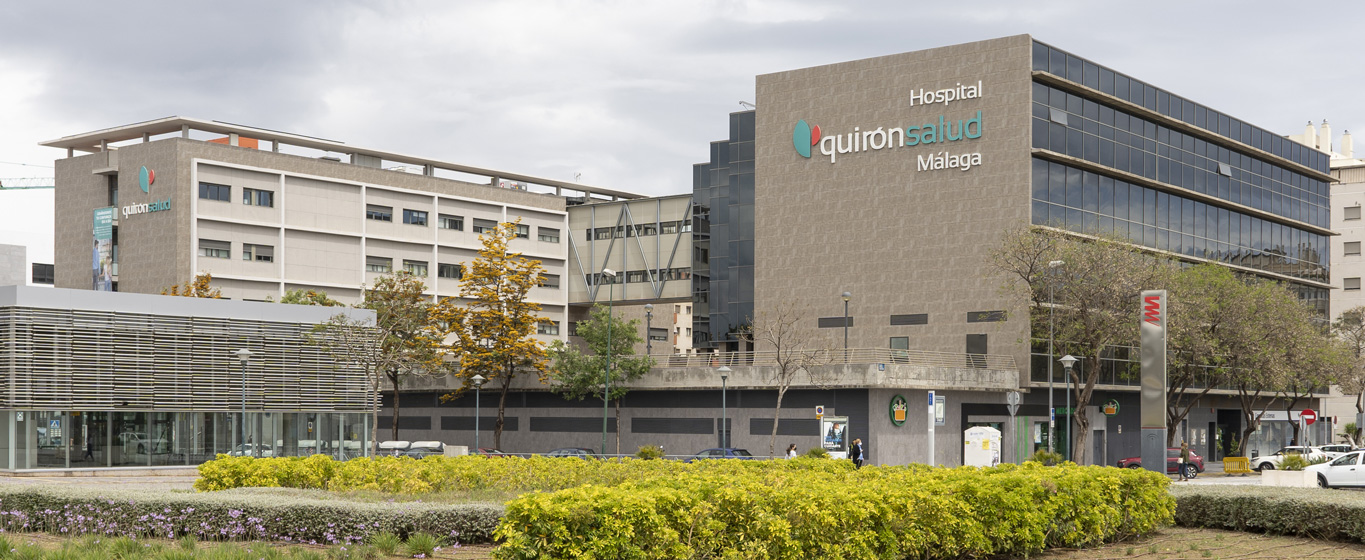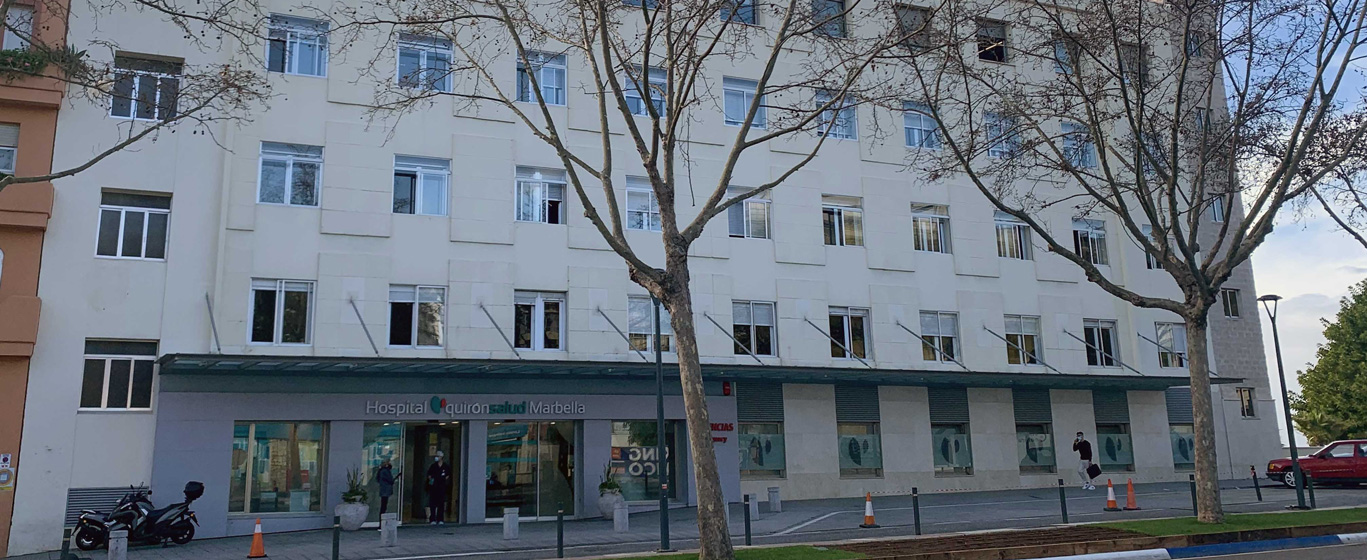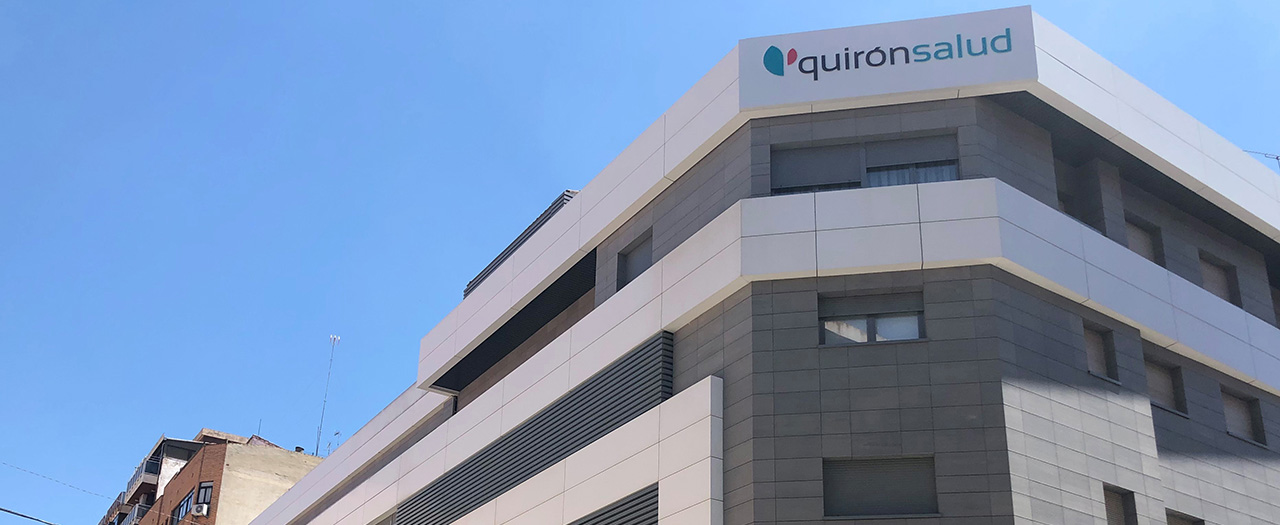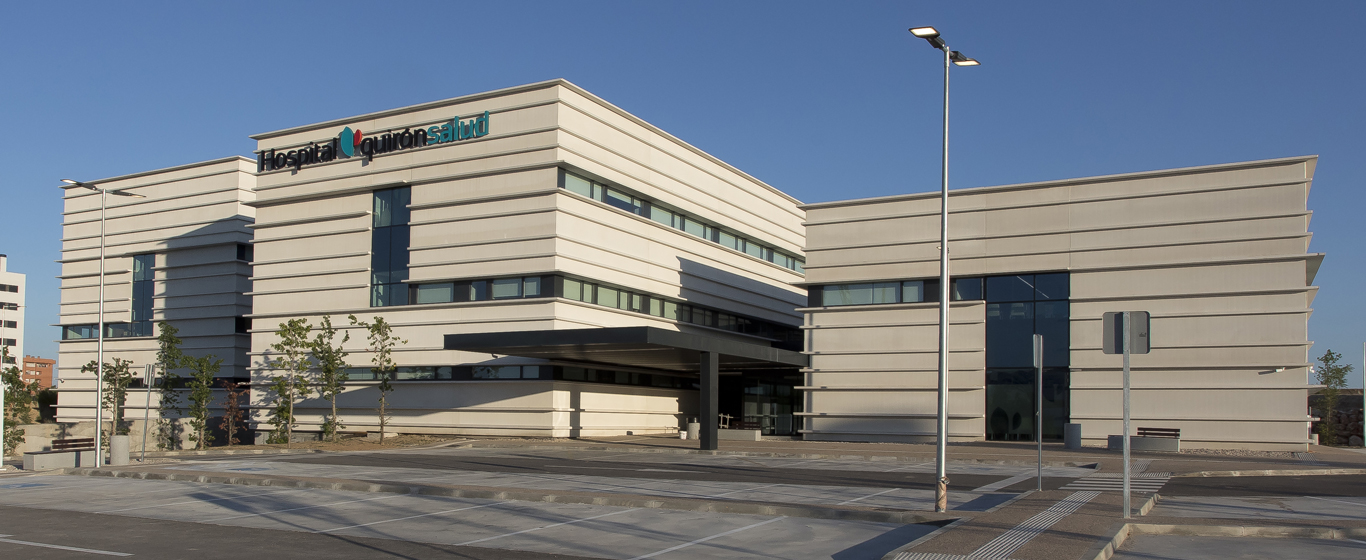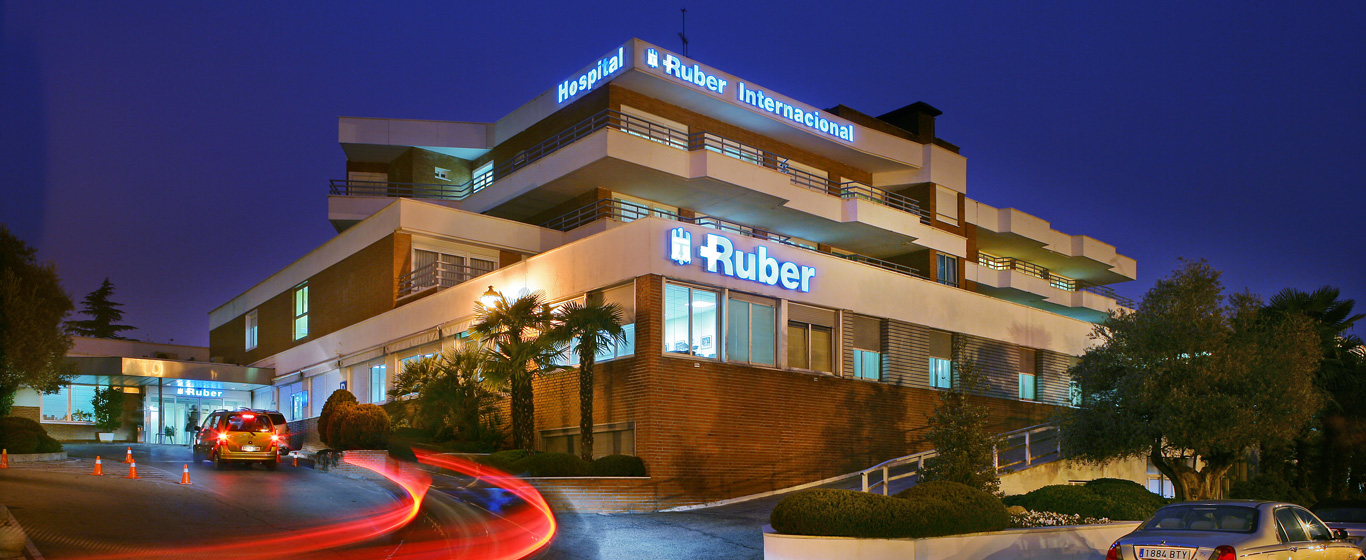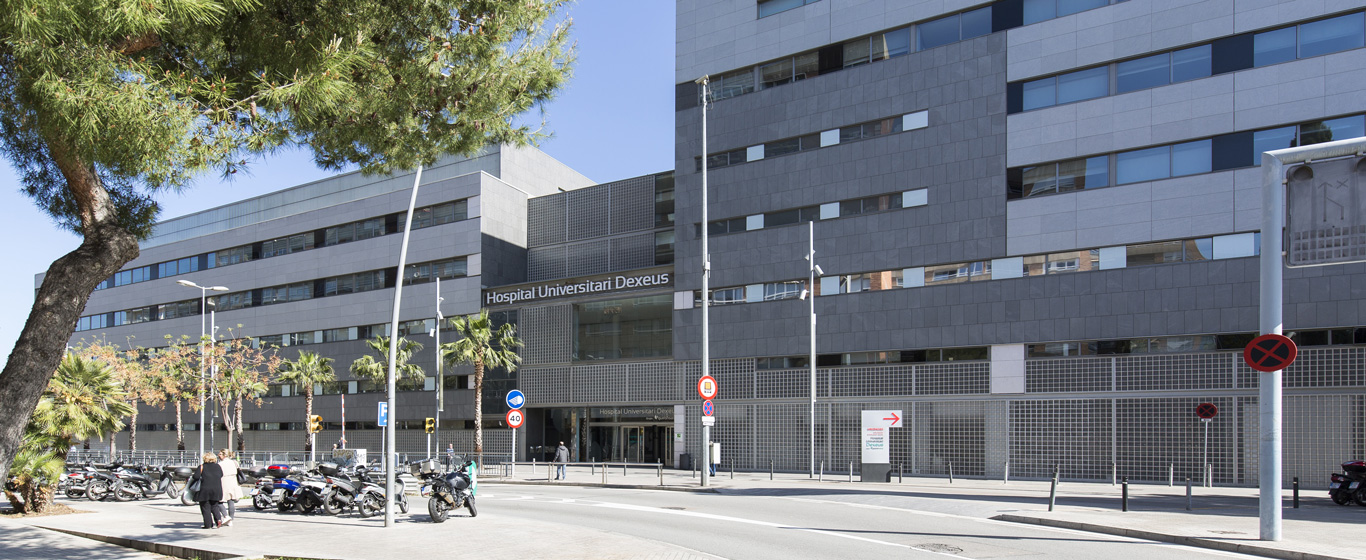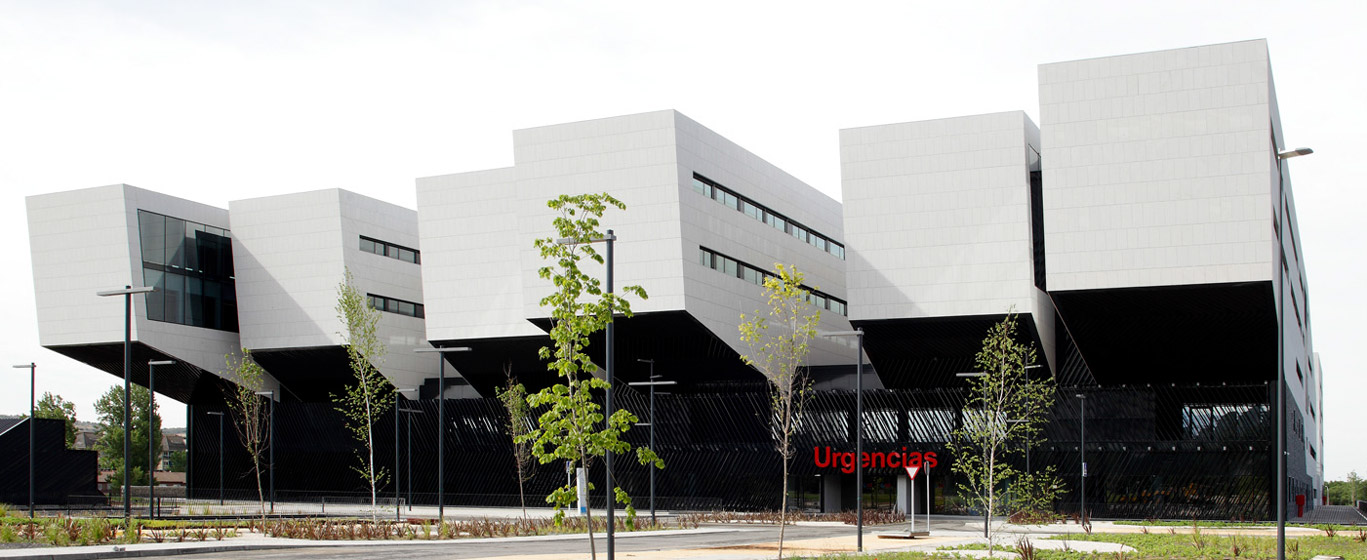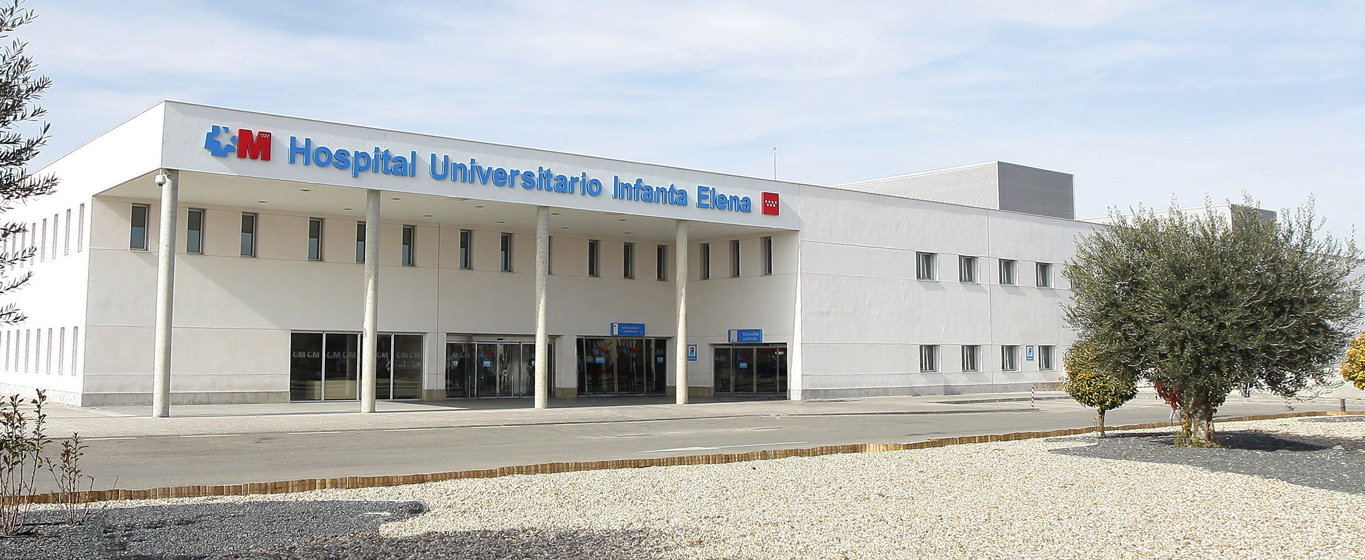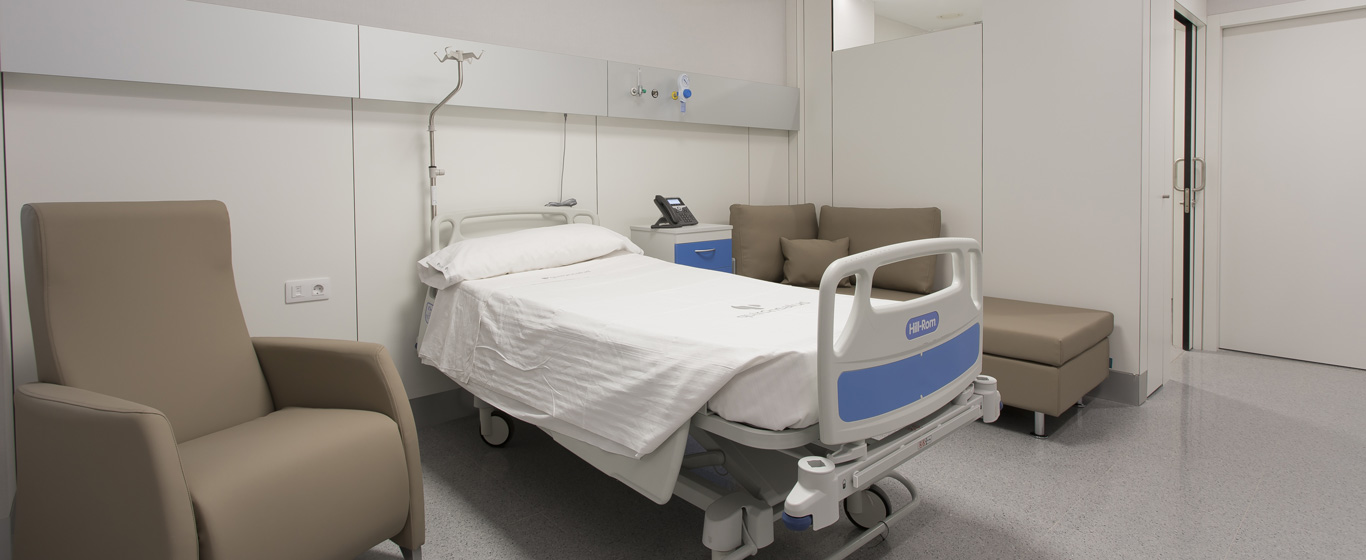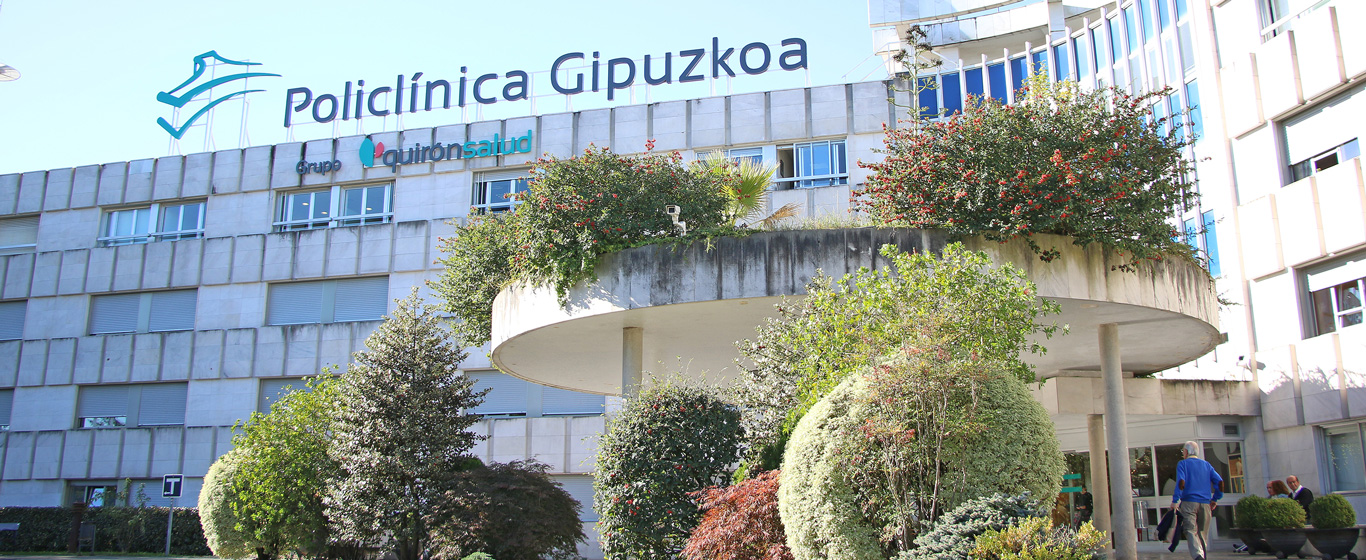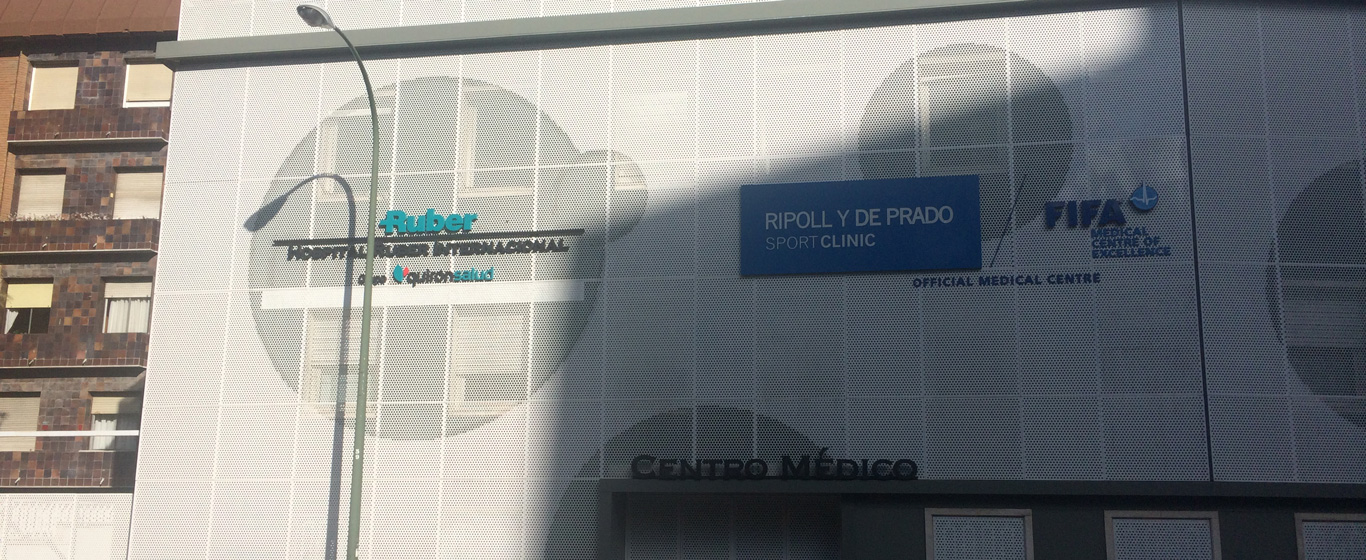Pulmonary Function Tests
Pulmonary function tests refer to a set of procedures that evaluate the functioning of the respiratory system by measuring variables such as the amount of air contained in the lungs, the speed of air exhalation, or the capacity to transfer oxygen to the blood, among others.

General Description
Pulmonary function tests, also known as respiratory function tests, are a set of procedures that analyze the function of the airways and lungs.
Each test has a specific objective, with the most common being:
- Spirometry: Measures the amount of exhaled air and the speed of exhalation.
- Body plethysmography or lung volume test: Measures the amount of air the lungs can contain and the amount that remains in them after a deep exhalation.
- Pulmonary diffusion capacity test: Assesses how efficiently oxygen is transferred from the lungs to the blood.
- Bronchoprovocation test: Measures the response of the airways to certain substances or situations.
When Are They Indicated?
Pulmonary function tests are primarily indicated for the following:
- Diagnosing or staging certain lung diseases, such as asthma, COPD (chronic obstructive pulmonary disease), pulmonary fibrosis, pneumoconiosis, sarcoidosis, or pulmonary hypertension.
- Assessing the effectiveness of treatment for a lung disease.
- Checking for lung damage due to regular exposure to chemicals or other substances.
- Evaluating lung function before surgery.
How Are They Performed?
In spirometry, a device called a spirometer is used, which is connected to a tube with a mouthpiece at the end. With a nose clip to close the nostrils, the patient takes a deep breath and then exhales through the mouthpiece with as much force and speed as possible. The spirometer quantifies the milliliters of air exhaled per second. The test is usually repeated three times. Additionally, it is common to repeat it after administering a bronchodilator medication to check how much the results improve (bronchodilator spirometry).
Plethysmography is performed with the patient inside a transparent airtight chamber. Also using a nose clip, the patient must breathe through a mouthpiece, alternating between breathing with the mouthpiece open and closed. Since the chamber is airtight, it is possible to measure the volume of inhaled air and the pressure changes in both the chamber and the mouth during breathing. Based on this data, lung volumes are calculated.
For the pulmonary diffusion test, a spirometer is also used. In this case, the patient inhales a small amount of carbon monoxide and holds their breath for about ten seconds before exhaling the air through the mouthpiece. The spirometer measures the amount of exhaled carbon monoxide, which indicates the amount of gas transferred to the blood. Before the test, a blood test is performed, as hemoglobin levels in the blood must be known for proper interpretation of the results.
In a bronchoprovocation test, the patient inhales increasing amounts of a substance (such as methacholine, histamine, or carbachol) through a nebulizer, a device that delivers the substance as an aerosol via a face mask or mouthpiece. To assess changes, a series of spirometries are conducted before, during, and after inhalation. It is also possible to check airway reactions by performing exercise or inhaling cold or dry air.
Risks
Respiratory function tests are non-invasive procedures that pose no risks. However, patients may feel slightly dizzy or lightheaded due to the breathing maneuvers performed. In the case of plethysmography, those with claustrophobia may experience anxiety.
What to Expect from a Pulmonary Function Test
Pulmonary function tests are performed with the patient seated. Throughout the procedure, the physician provides instructions on how, when, and for how long to inhale or exhale air. It is crucial for the patient to cooperate and follow the instructions correctly. Therefore, it is common for the patient to practice the required breathing techniques before beginning the test. Some patients may feel dizzy during the test, in which case they are instructed to rest for a few minutes before continuing. They may also feel fatigued, cough, or experience mild shortness of breath. Additionally, the nasal clip may be uncomfortable.
Depending on the specific case, a single test or multiple tests may be indicated, usually scheduled on the same day. The procedure lasts between 10 and 30 minutes, depending on the tests performed. Once completed, the patient can resume their routine as usual, without the need for observation or post-test care.
Specialties That Request Pulmonary Function Tests
Pulmonary function tests are requested in the pulmonology specialty.
How to prepare
In the hours before the test, patients should not smoke, consume alcohol, or engage in intense physical exercise. They should also avoid heavy meals, as stomach volume can affect lung expansion capacity. Caffeine is contraindicated as well, as it affects airway function. If the patient uses inhaled medications, they should stop taking them 12 hours before the test. Additionally, it is recommended to wear comfortable, loose-fitting clothing that does not restrict breathing.






